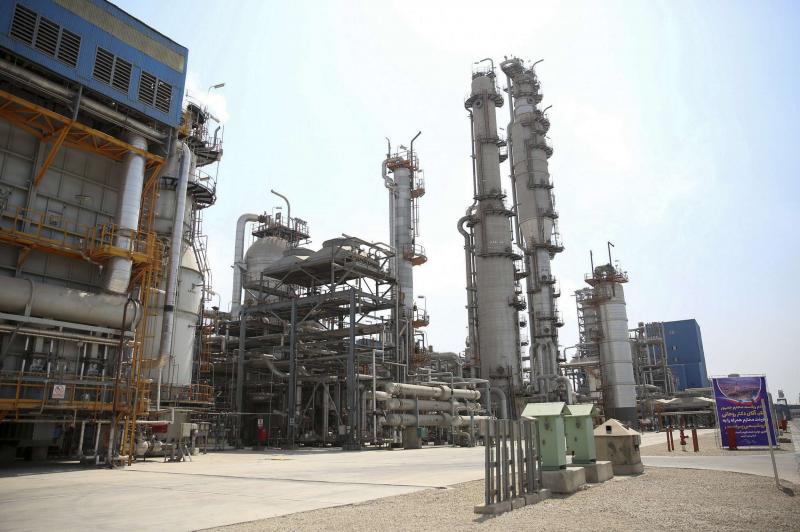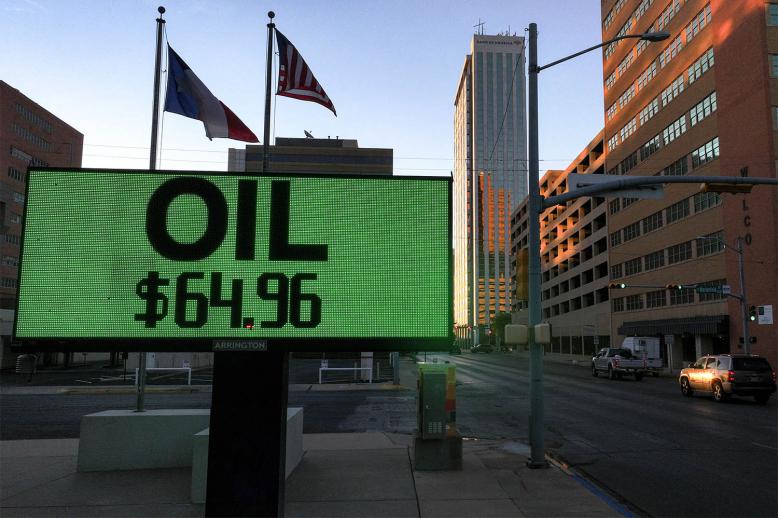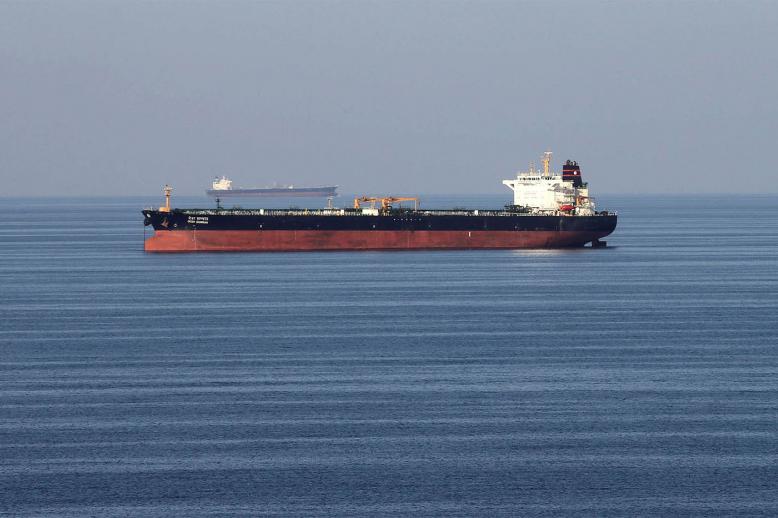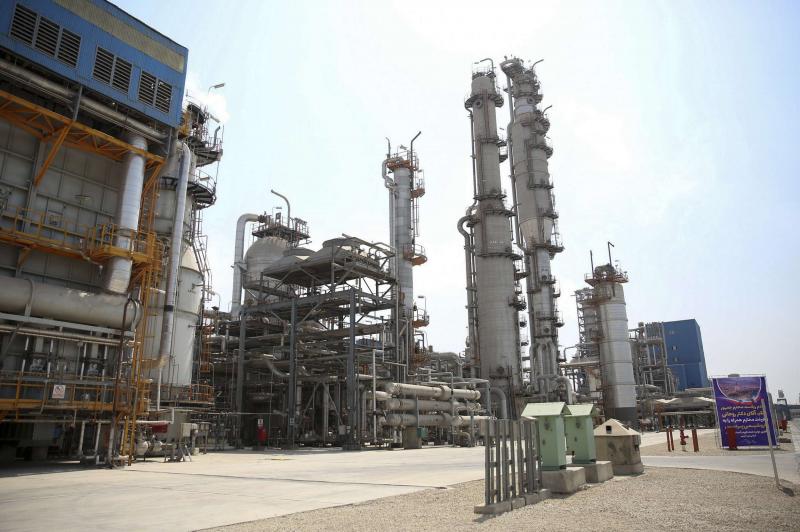Iran’s oil manoeuvres cannot stop the economy from shrinking
The Iran Energy Exchange (IRENEX) is one way sanctions-hit Iran will now sell oil. Set up in 2013 in the face of multilateral international sanctions, IRENEX was dormant for four years. On October 28, it revived with the sale of 280,000 barrels of light crude and then 700,000 on November 11. The private buyers will look to export and more sales will follow.
The main reason for selling through IRENEX is that batches of as little as 35,000 barrels will be harder for the US Treasury to track. Washington is monitoring Iran’s oil exports after it introduced energy sanctions following the US withdrawal from the 2015 Iran nuclear deal.
Analysts doubt whether private Iranian buyers have the expertise to trade oil internationally. There is the risk that inducements to middle men may increase politically sensitive incidents of corruption: two of five individuals given death sentences by “economic courts” have been hanged.
Saeid Khoshrou, director of international affairs of the National Iranian Oil Company, denied Iran will offer discounts, although payment terms have been relaxed whether oil is sold through IRENEX or not.
Iran’s oil sales, which, as tallied by OPEC, represent 12% of GDP, are subject to many factors. The fall in oil prices since the US sanctions took effect reflects a sense that Washington was relatively lenient in granting 6-month waivers to eight countries buying Iranian oil.
“I don’t think he [US President Donald Trump] wanted $100 [a barrel] oil,” quipped BP CEO Robert Dudley.
Trump’s concern that too dramatic a cut in Iranian exports would raise US gasoline prices and his call for Saudi Arabia to boost production helped produce the inconclusive outcome of the early November meeting of oil producers in Abu Dhabi. An interim measure to steady prices was announced at the meeting with Saudi Arabia saying it would reduce supply by 500,000 barrels per day (bpd) in December because of “seasonal” factors.
Even if oil prices recover, Iran is engaged in damage limitation. The European Union and Russia stress their commitment to continue trade. The European Union has for months discussed establishing a special purpose vehicle (SPV) that analysts suggest might save 20% of business.
“The SPV will have little effect on Iran’s overall economy, although it will help in some sectors, including food and medicines,” said Sir Richard Dalton, British ambassador in Tehran 2003-07. “It should have a political effect in protecting the JCPOA (Joint Comprehensive Plan of Action — the Iran nuclear deal) and may turn out to be significant in a long-term reduction of the use of the dollar in international trade.”
There will be a greater economic effect of Russia’s plan to buy or barter Iranian oil to use domestically while exporting more of its own oil to lucrative foreign markets. The US Energy Information Administration suggested Russian oil production could reach 12 million bpd in the second quarter of 2019, up from an already rising 11.2 million bpd.
None of this will stop the Iranian economy shrinking. The Economist Intelligence Unit (EIU) in London projected contraction of 4.6% in the fiscal year ending March 2019 with a further 3.9% reduction in 2019-20 (with global growth of 3% and 2.7%). This is based on its estimate that Iran’s oil exports will fall to just more than 1 million bpd from a peak of 2.6 million bpd in April.
The EIU said relaxed fiscal management — with the deficit-expanding from 1.8% of GDP in 2017-18 to average 2.8% from 2018-19 to 2022-23 — will limit unemployment to the current rate of around 13%. Government leeway will be greatest in a state-run sector such as autos, which accounts for 4% of all jobs.
Renault and PSA Group, which owns Peugeot and Citroen, suspended involvement in Iran since the United States left the nuclear deal. Remembering international sanctions of 2012-16, when annual car production fell from 1.42 million to 625,000, Iran may encourage Chinese participation to maintain output near the current 1.6 million. China’s market share is 15%, up from 3% in 2011.
However, loosening the fiscal reins will fuel inflation, which the EIU said will rise from 17.8% in 2018-19 to 38% in 2019-20. Imports will be more expensive as the rial tumbles from 48,000 to the US dollar to 62,000 in 2018-19 and 66,000 in 2019-20.
This suggests unrest is less likely to be triggered by unemployment than by those in jobs but struggling to make ends meet. Iranian President Hassan Rohani’s government eased off plans to better target or even phase out the state’s cash handouts intended to replace subsidies on everyday items. However, as the World Bank recently noted: “The falling real value of cash transfers due to inflation may… exacerbate the impact of predicted negative growth after 2017-18.”
“The general perception is the inflation is more than 50%,” said an Iranian professor. “Everyone I talk to, both in rural areas and cities, whether poor or rich, mentions high inflation. One friend told me yesterday that oranges had gone up threefold and meat by 40% in the past month. They’re nervous and disappointed. They blame both Trump and the Iranian authorities.”
Gareth Smyth has covered Middle Eastern affairs for 20 years and was chief correspondent for The Financial Times in Iran.
This article was originally published in The Arab Weekly.






